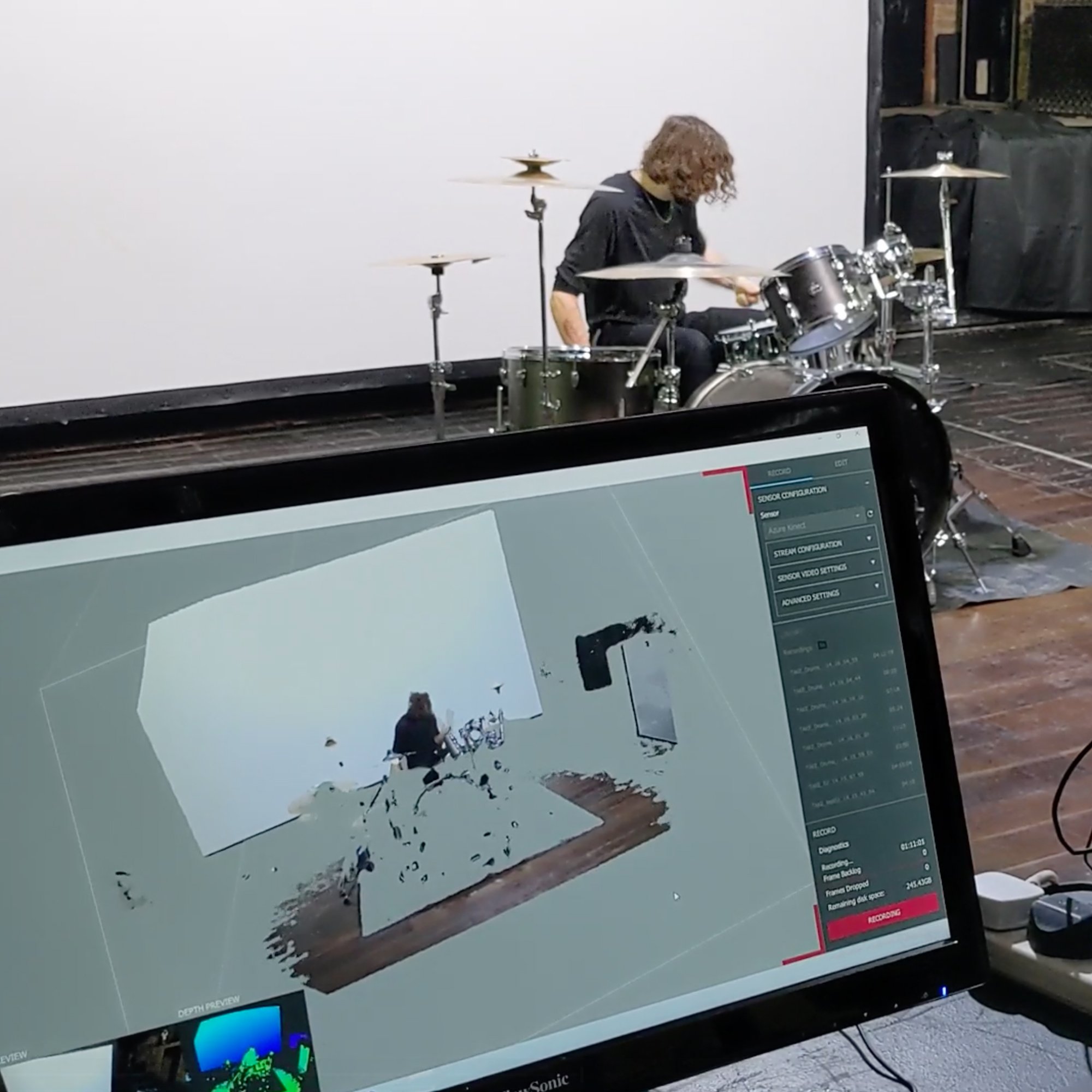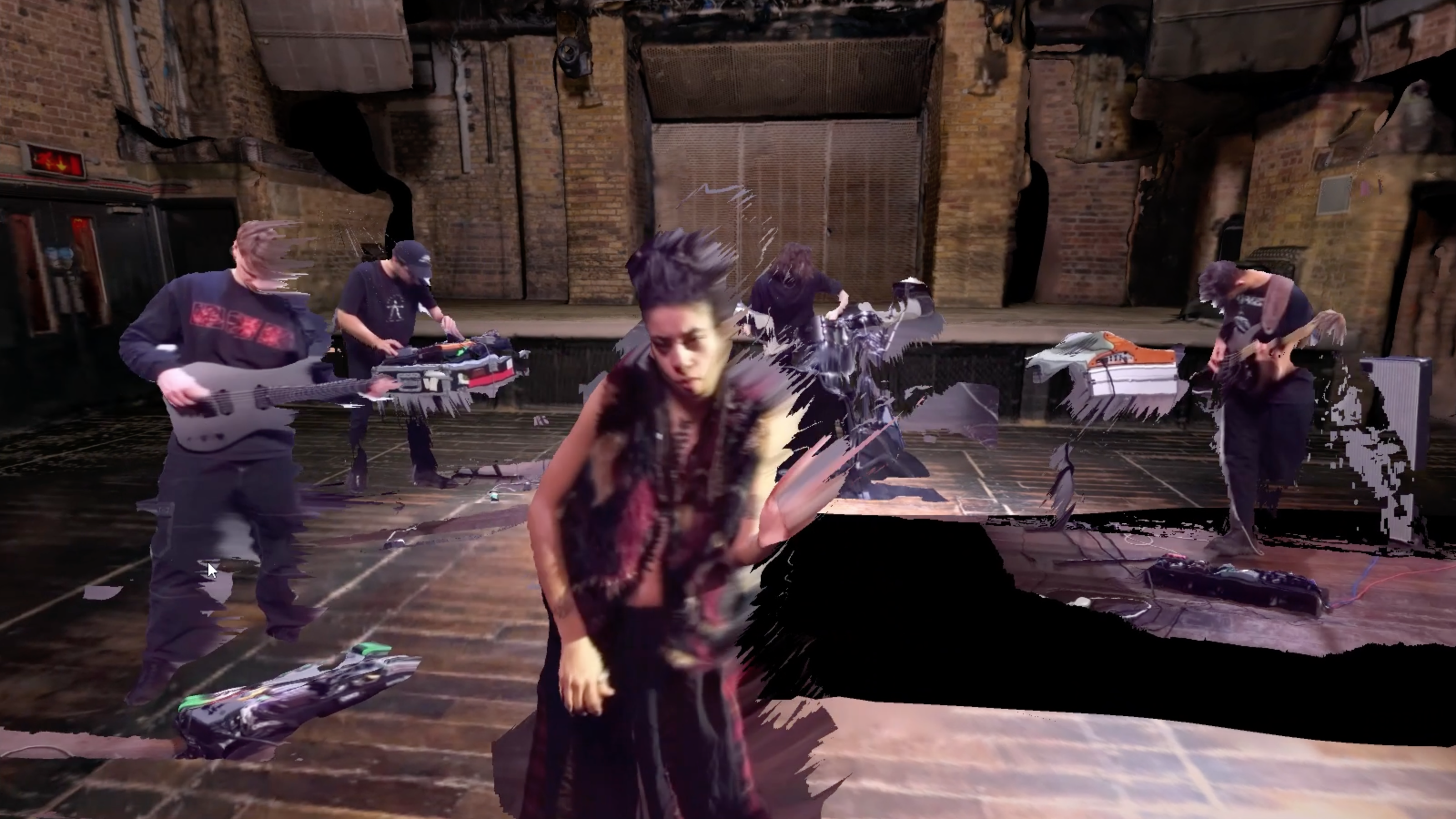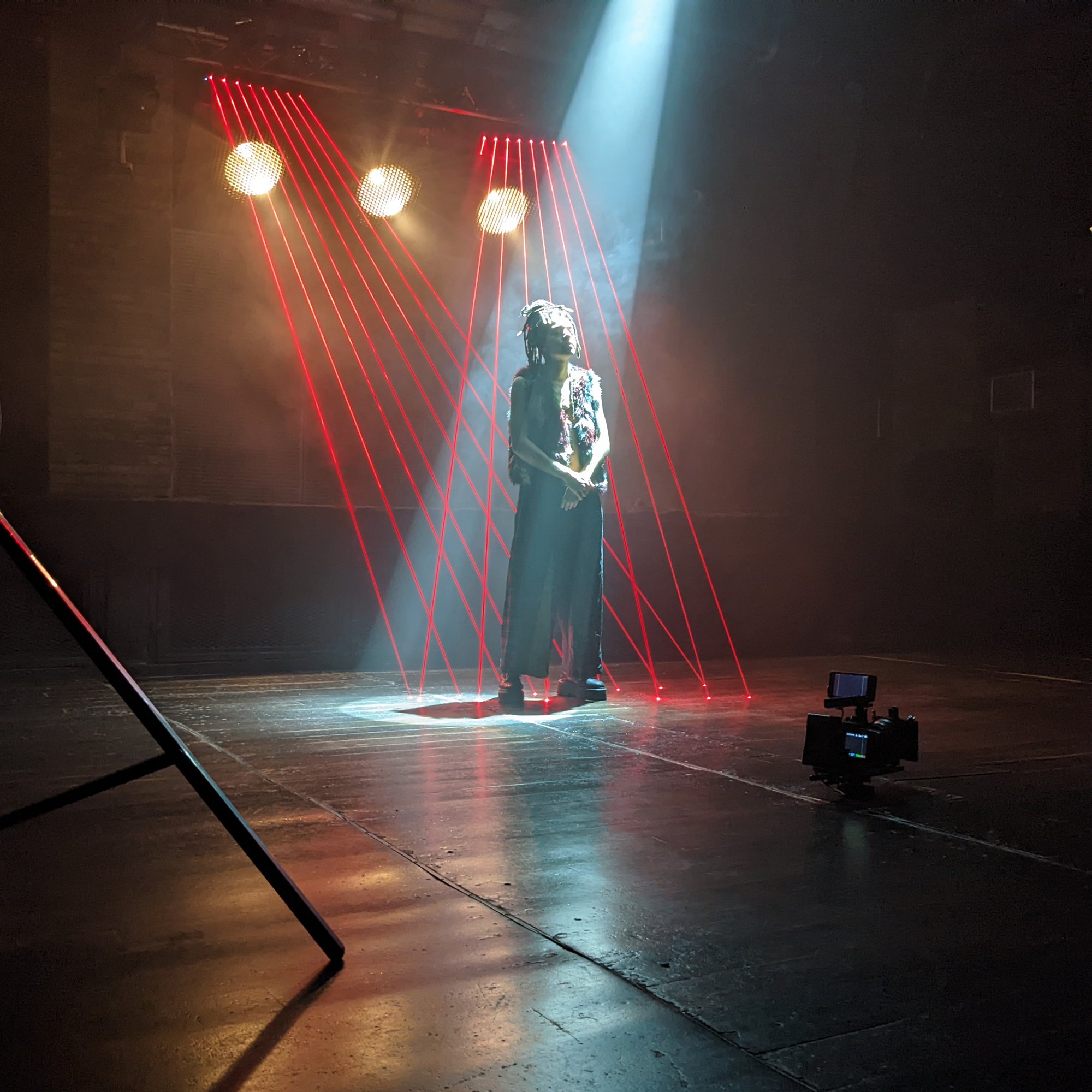3D music video for SCALER: Remain in Stasis
Capturing chaos: a volumetric vision in motion
Bristol’s own genre-defying band SCALER (formerly SCALPING) – renowned for their fusion of techno, noise, and hardcore – teamed up with fellow Bristol based artist Grove for their track Remain in Stasis. Taking a bold step into the future with the music video for Remain in Stasis, Zubr was brought on board to support the video’s technical execution, delivering volumetric footage that helped bring the video’s glitchy, hyper-digital aesthetic to life.
With the privilege of pushing the boundaries of live-action music visuals by capturing the band’s electrifying performance using volumetric video technology, we were proud to deliver a striking and surreal visual experience that immerses viewers in a world of digital distortion and raw energy, in-keeping with the band’s electric sound.
Partners
The Remain in Stasis music video was a collaborative effort between SCALER, Grove, director Jamie Harding, director of photography Jack Lilley and Houndstooth. Filmed inside Fabric London, the video’s visual identity was subtly shaped by the venue’s legendary architecture and atmosphere. Zubr worked closely with the team to capture and deliver volumetric footage that could be shaped to fit the project’s evolving creative direction – providing a technical foundation for a bold, hybrid aesthetic that’s equal parts digital sculpture and live performance.
Bringing SCALER to life in 3D
To create the video’s unique aesthetic, we utilised cutting-edge volumetric capture techniques, allowing us to reconstruct SCALER and Grove’s performances as dynamic, three-dimensional forms. Rather than relying on traditional filming methods, our approach translated their movements into digital sculptures that pulse and morph in sync with the track’s relentless rhythm.
Using the same volumetric video capture process as in our previous collaboration with Aȉsha Devi, we captured each performer’s individual movements in 360 degrees. These recordings were reconstructed as dynamic 3D forms, then composited back into a virtual stage environment that echoed the performance setup at Fabric.
Rather than capturing a single take, we filmed each band member and Grove individually, syncing their performances to the track. This allowed for a stylised digital reconstruction of the performance, emphasising the track’s driving intensity and the performers’ physicality. The resulting imagery embraced abstraction and imperfection – a glitchy, low-fidelity aesthetic that aligned perfectly with the sonic chaos of the track.
Our role focused on capturing and delivering this volumetric footage, which was then incorporated by the video’s creative team into a larger visual narrative that mixed digital distortion with live-action elements. The final product is a surreal, shifting visual experience – part performance, part 3D sculpture – that has resonated with fans and critics alike.
The music video for Remain in Stasis quickly gained traction, amassing more views than any other SCALER video on YouTube. Praised for its visceral, almost alien aesthetic, many noted how the volumetric capture process amplified the band’s raw, physical performance.
The future of music video visuals
The success of Remain in Stasis demonstrates how volumetric music video can redefine the way artists engage with audiences. While the video exists as a linear piece, the nature of the volumetric material opens up exciting possibilities for reinterpretation – from virtual performances to interactive experiences where audiences can walk around and explore the show from every angle.
With this project, we’ve only scratched the surface of what’s possible when music and immersive technology collide. Whether it’s for live performances, interactive experiences, or entirely new forms of digital storytelling, the future of music videos is looking increasingly three-dimensional.






